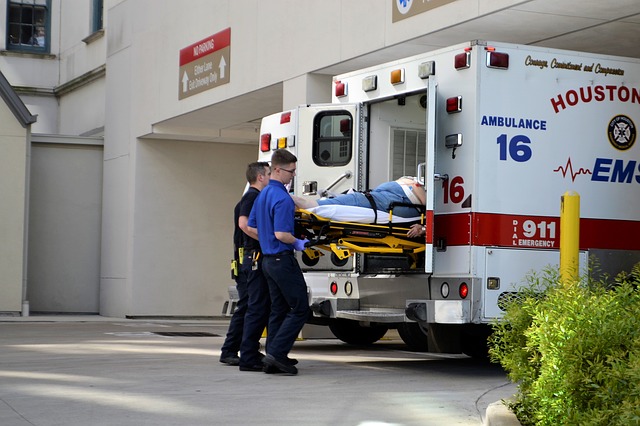Not all problems with nursing home negligence occur in the home itself. Facilities have a duty to care for residents during transportation to remote activities as well.
These remote activities are necessary for the social and physical health of the residents. When drivers and attendants fail to provide adequate transportation safety, it creates a dangerous situation.
Even if an elderly person isn’t injured in an accident, aversion to being transported can occur, diminishing the quality of care. Accidents on the road happen over 6 million times a year, every trip provides an opportunity for trouble to crop up.
Driver Responsibilities
Whether it be a solo trip for a doctor’s appointment, or a group trip for fun, any travel out of the facility presents risks. Drivers need to focus and drive carefully to avoid the usual blend of dangers associated with any car travel.
However, distracted driving happens more frequently in situations with unruly passengers. Drivers hired by nursing homes are rarely trained in care or management of the elderly. They must have a CDL to operate larger passenger vans.
Training to deal with distractions and noises in the vehicle are rarely provided. This makes the river more vulnerable to error than they would be otherwise.
Nursing Home Negligence Toward Passengers
Attendants and nurses sent on a remote outing need to be adequate to care for residents. Without enough help, the risk of injury rises as well as the risk of frustration and anti-social tendencies.
Loading and unloading takes time and that time increases when the staff onboard doesn’t know how to handle or store equipment properly. The longer it takes to get everyone situated, the more likely that a resident will remove a seatbelt or become distracting to the driver.
Policies need to be enforced and checklists adhered to otherwise these risk factors could lead to larger risks.
Any staff sent on a trip also decreases the number of staff left at the facility. For this reason, nursing homes often pressure residents to go on a trip to round out numbers or to stay as space fills up. When these pressures go beyond suggestion, negligence can occur.
Complications from Injury
One of the largest dangers to transportation the elderly is injury. Even a small injury has a larger impact on those over 45 and that goes up even further past 65.
The most common injuries from vehicle accidents are blunt force to the chest. Even seatbelts don’t prevent bruising and risk of rib fractures if a van must stop quickly. Rib fractures can be devastating to the elderly, the bones are brittle and the frequent complications to breathing issues make it especially problematic.
Residents also risk injury while loading and unloading from transportation. Notably, curbs and loading zones are often unfamiliar or may be uneven.
Get Representation
Intervening to prevent nursing home negligence requires diligence and friendly checking in with our loved ones. Any changes or problems should be addressed quickly to stay on top of care. Go over the policies for transportation and to events and doctors to ensure safety measures.
If you suspect negligence has occurred, contact us to learn more about what steps you can take. We’re here to help.













